Make the M4 Great Again Google Article
Skip to Main Content of WWII
M4 Sherman Tank
US Freedom Pavilion: The Boeing Center

The Sherman tank was the almost usually used American tank in World War II. More than than 50,000 Shermans were produced betwixt 1942 and 1945. They were used in all combat theaters—not only past the United states, merely also past Great Britain, the Free French, China, and even the Soviet Union. Initially developed to replace the M3 "Grant/Lee" medium tank, the first Shermans were manufactured in 1942 and some early on productions examples saw combat in Northward Africa in 1943. The model proved itself somewhat effective against High german Mk II and Mk Iv Panzers, merely it was thoroughly outclassed past the Tiger, Panther, and King Tiger tanks. Notorious for their flammability, Shermans were nicknamed "Ronsons" after a lighter with the slogan "lights every time."
The Sherman tank'due south primary function was infantry support, spearheading attacks every bit well every bit bolstering defensive positions. Though oftentimes outgunned past their German counterparts, Shermans proved easier to maintain—oft stock-still on the battlefield. This particular tank, a rare M4A3E9 model (only a few hundred were built), carries appliqué armor for additional protection.
M4A3E9 Sherman Tank
The Museum's Sherman is an M4A3, built past Ford Motor Visitor in 1943. No unit markings were discovered when previous coats of paint were removed from the tank. Because the tank was manufactured in 1943, information technology is almost certain that it was deployed overseas during the state of war, although no boxing harm was discovered.
When the Sherman tank arrived at the Museum in December 2000, its engine was completely rusted and it was painted in a colour appropriate to the Korean War era rather than World War II. Restoration work began in late Oct 2004, when the tank received a running Ford GAA engine and a new paint job. The tank was restored with the markings of an bodily vehicle which served with D company, 1st Battalion, 67th Armored Regiment, 2nd Armored Sectionalization. The tank's nickname, "Draftee," is from a tank in the unit commanded by Staff Sergeant Julian Czekanski of Cleveland, Ohio. Information technology was common practice in the US Army and Marine Corps to have nicknames for armored vehicles. The names typically started with the letter of the company to which the vehicle was assigned.
Gift of the West Bank Optimist Club, 2000.216
Statistics
Type: Medium Tank
Product
Date Produced: 1943
Manufacturer: Ford Motor Visitor
Number Produced: 12,500+
Specifications (M4A3)
Coiffure: v (Commander, Loader, Gunner, Commuter, and Assistant Commuter)
Speed (sustained, level ground): 26 miles per hour
Engine: Ford GAA-V8 4-wheel, viii-cylinder (500 hp)
Weight: 68,000+ pounds
Ammunition: I 75 mm chief gun; ii .thirty caliber machine guns; one .l caliber automobile gun
More Vehicles
-
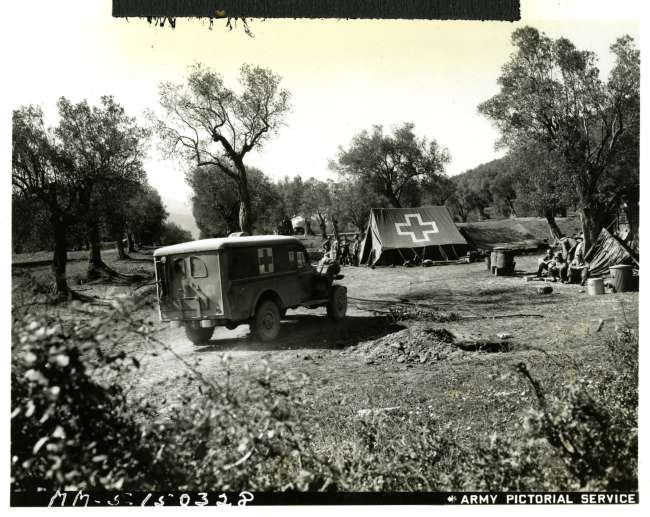
Dodge WC-54 Ambulance
Produced from 1942 to 1944, the Dodge WC-54 was the standard Us ambulance. Roof-mounted slings and folding-demote seating provided room for four stretchers or six seated patients.
-
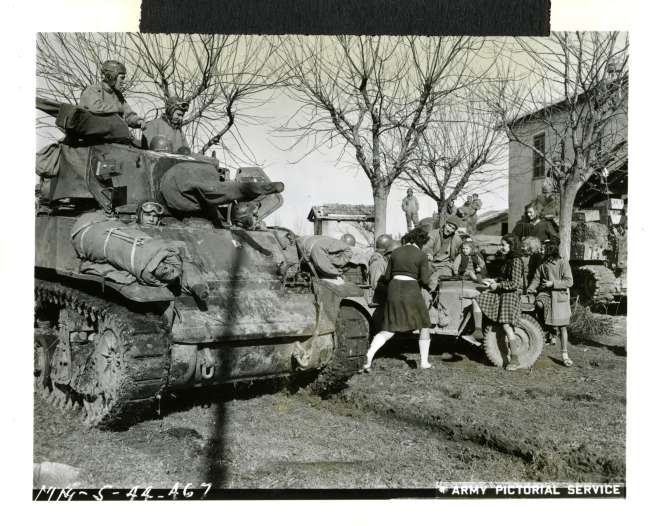
M3A1 Stuart Tank
The US Ground forces began development of a light tank in the early 1930s. Afterwards a number of models which progressively increased armor and burn power, the M3 series was initiated in July 1940. Provided to British forces as part of the Lend-Lease Act, the M3 first saw combat with British forces in N Africa in Nov 1941. The British constitute the M3 to exist under-gunned, but were so pleased with its mechanical performance that they nicknamed it "Honey."
-
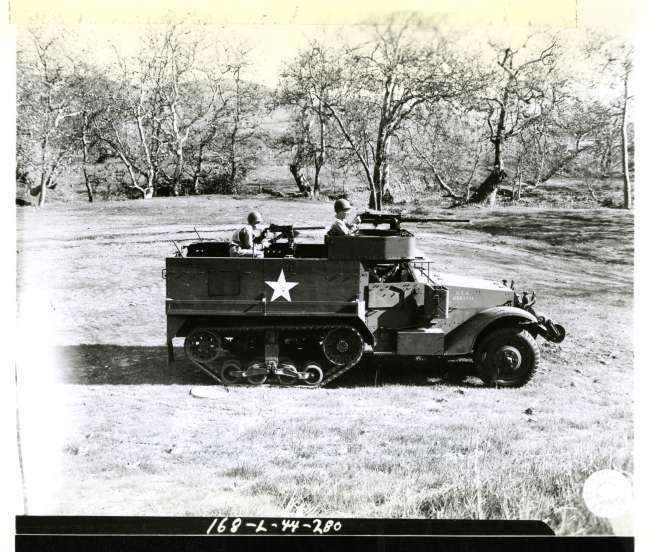
White M3 Half-Track
As modernistic armies became mechanized, they needed to find means to send material across uneven terrain. Ane solution, developed by several countries during Globe State of war Ii, was a truck with wheels in the front and tracks in the back to help bulldoze information technology over crude country—the "one-half-rails."
-
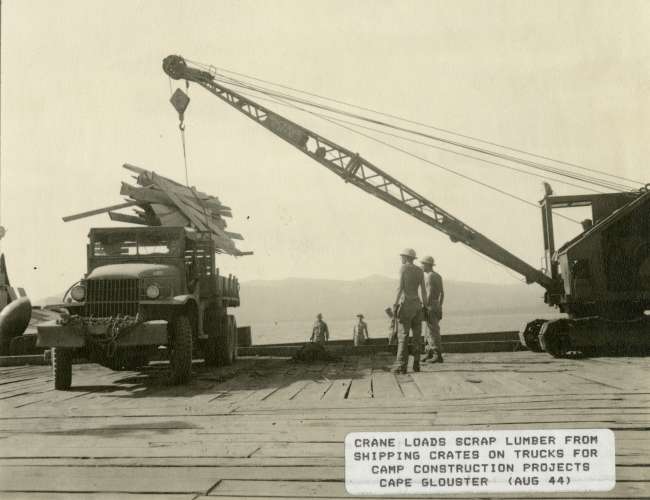
CCKW Hard Top
Trucks such as this 2.v-ton vehicle played vital logistical roles—generally famous in the Red Ball Express, when over 5,000 vehicles maintained supply lines to the front-line forces afterward the D-Solar day landing. Most drivers in the convoy were African American, reflecting a segregated military in which black troops were often relegated to not-combat, only essential, roles.
-
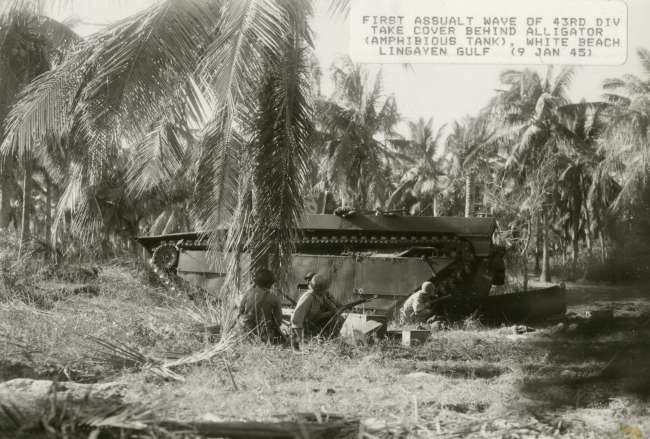
LVT4 Landing Vehicle
This tracked vehicle was designed to rescue people in flooded areas after hurricanes, using its cup-like metal tracks to "swim" through the water and "crawl" over obstacles, such as coral reefs.
Source: https://www.nationalww2museum.org/visit/museum-campus/us-freedom-pavilion/vehicles-war/m4-sherman-tank





0 Response to "Make the M4 Great Again Google Article"
ارسال یک نظر